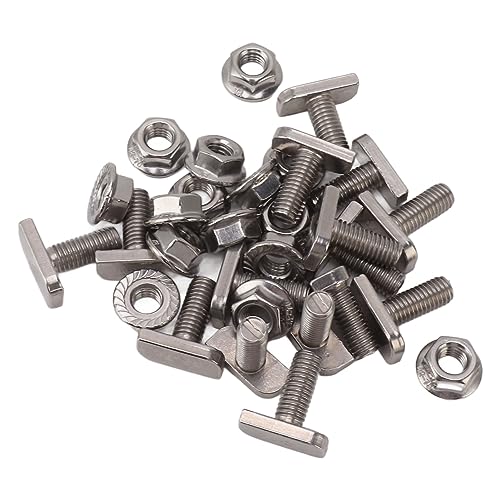Another question. Cracking on with the assignment. A question asks me for minimum size of cpc for given circuits. I'll give an example:
4.2KW cooker circuit - already done the calcs and Cg etc the formula for size is:
S = SQ root I(SQ) x T / K
Might make more sense if I say it: S equals the square root of I squared times T divided by K
where I = Fault current Uo/Zs in this case 1444A
K factor = 115 from table 54.3
T is the disconnection time and is (somehow) gained by looking at the charts in appendix 3 in this case page 250 as I am using RCBOs with type C overcurrent characteristics
Its a 20A device. The chart goes straight up for about 40% of the vertical axis before the curve starts. I am confused. I used a figure of 0.1S that was in an example question and the size came out at 3.97mm ie 4mm but the cable is only 2.5mm after my usual calculations.
I know its sunday afternoon but please if anyone can put my mind at rest that'd be great!
4.2KW cooker circuit - already done the calcs and Cg etc the formula for size is:
S = SQ root I(SQ) x T / K
Might make more sense if I say it: S equals the square root of I squared times T divided by K
where I = Fault current Uo/Zs in this case 1444A
K factor = 115 from table 54.3
T is the disconnection time and is (somehow) gained by looking at the charts in appendix 3 in this case page 250 as I am using RCBOs with type C overcurrent characteristics
Its a 20A device. The chart goes straight up for about 40% of the vertical axis before the curve starts. I am confused. I used a figure of 0.1S that was in an example question and the size came out at 3.97mm ie 4mm but the cable is only 2.5mm after my usual calculations.
I know its sunday afternoon but please if anyone can put my mind at rest that'd be great!































































